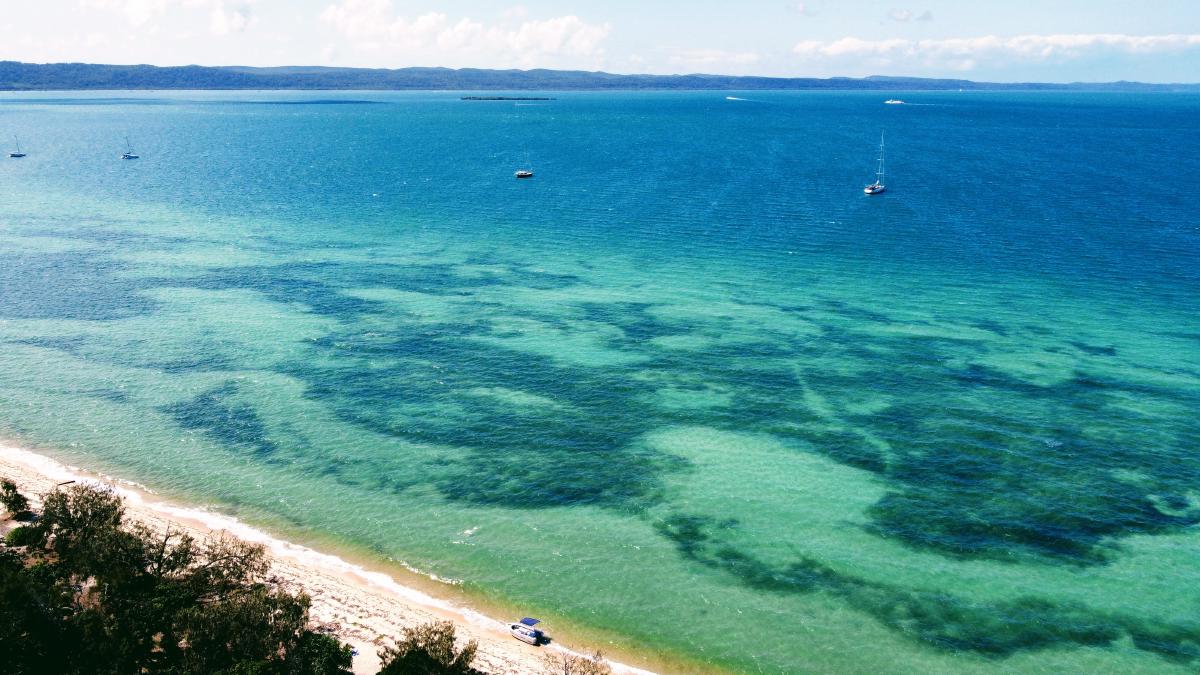Credit to the Author #
Title: The Pirates’ Code: Laws and Life Aboard Ship
Author: Rebecca Simon
Year: 2023

My Reference Notes #
The Pirates’ Code of Honour (Articles):
Pirate crews operated under a set of rules known as “Articles,” which outlined the governance, conduct, and division of spoils among the crew. An example is the Articles of Captain Edward Low:
- Shares of Plunder: The captain received two full shares; key officers like the master, doctor, mate, gunner, carpenter, and boatswain received slightly more than regular crew members.
- Discipline: Punishments for striking a fellow crew member or using unlawful weapons were determined by the captain and majority vote.
- Cowardice: Acts of cowardice during engagements were punishable as decided by the captain and crew majority.
- Honesty in Looting: Crew members had to declare valuable finds; failure to do so led to punishment.
- Fair Play: Cheating or defrauding fellow pirates, especially in games like cards, was punishable.
- Sobriety in Battle: Drunkenness during engagements was not tolerated.
- Care for the Injured: Pirates who lost limbs in service received compensation and could remain with the crew.
- Mercy: Surrendering enemies were to be given quarter (mercy) when requested.
- Rewards: The first to spot a sail received the best pistol or small arm from the captured vessel.
- Safety Protocols: Discharging weapons in the ship’s hold was prohibited.
The Golden Age of Piracy: Three Major Rounds
-
Buccaneering Period (1650-1680):
- Pirates from France, England, and the Netherlands targeted the West Indies and South American coasts.
- Known as buccaneers (from the French boucanier, meaning one who smokes meat), they were unique for roasting meat aboard ships.
-
The 1690s:
- Notorious pirates like Henry Avery and William Kidd threatened British trade with India.
- Their activities nearly destroyed the economic interests of the British East India Company.
-
The Early 18th Century (1713-1730):
- Featured infamous pirates such as Benjamin Hornigold, Edward Teach (Blackbeard), Jack Rackham, Anne Bonny, Mary Read, Stede Bonnet, Charles Vane, and Edward Low.
- Known as the “War on Pirates” due to British campaigns to eliminate piracy.
- An estimated 1,800 to 2,400 pirates were active in the Atlantic, though most had short careers of one to two years before capture or death.
Why the West Indies Attracted Pirates:
- Geography: The region’s many uninhabited islands and complex coastlines offered ideal hiding spots.
- Trade Routes: Active maritime trade involving Spanish, French, Dutch, and English ships provided abundant targets.
- Political Tensions: Ongoing conflicts, especially between Spain and England over territories like Jamaica, created opportunities for piracy.
- Economic Restrictions: The Navigation Acts of 1651 limited English colonies to trade only with Britain, leading many to illegal trade and piracy to sustain their economies.
Pirate Havens:
- Port Royal, Jamaica, and Nassau, Bahamas: Became central hubs for pirates due to lax governance.
- Nassau: By 1716, it was a pirate stronghold with hundreds of pirates. The lack of British control allowed piracy to flourish.
- Benjamin Hornigold: Recognized Nassau’s strategic value and established a pirate base, earning the title “Pirate King of the Pirate Kingdom.”
Social Structure and Recruitment:
- Taverns: Served as key networking and recruitment centers for pirates. They were often run by women who provided a semblance of community and care.
- Community: Pirates created their own societies with codes of conduct, shared wealth, and mutual support.
Legal Definition of Piracy:
- Admiralty Court: Defined piracy as committing murder and robbery on any body of water, including oceans, seas, lakes, rivers, or streams.
- Recognition: A person was not officially a pirate until they had participated in battle.
Historical Context:
- Treaty of Madrid (1670): Granted Britain control over Jamaica in exchange for protecting Spanish trade, but Spain pressured Britain to suppress piracy.
- War of Spanish Succession (1701-1714):
- Created demand for privateers (state-sanctioned pirates).
- Ended with the Treaty of Utrecht, leaving many privateers unemployed.
- Unemployed sailors turned to piracy, enhancing the pirate population in the Caribbean.
This period in history highlights the complex interplay between economics, politics, and maritime culture that led to the rise and fall of piracy in the Atlantic. The Pirates’ Code of Honour exemplifies how pirates sought to impose order and fairness within their ranks, contrasting with their lawless reputation. The Golden Age of Piracy remains a significant chapter in maritime history, reflecting the struggles over trade, territory, and governance during a transformative era.
